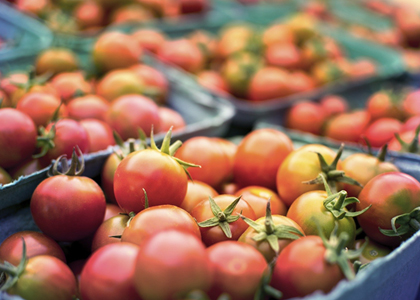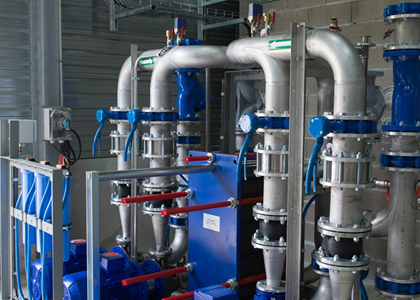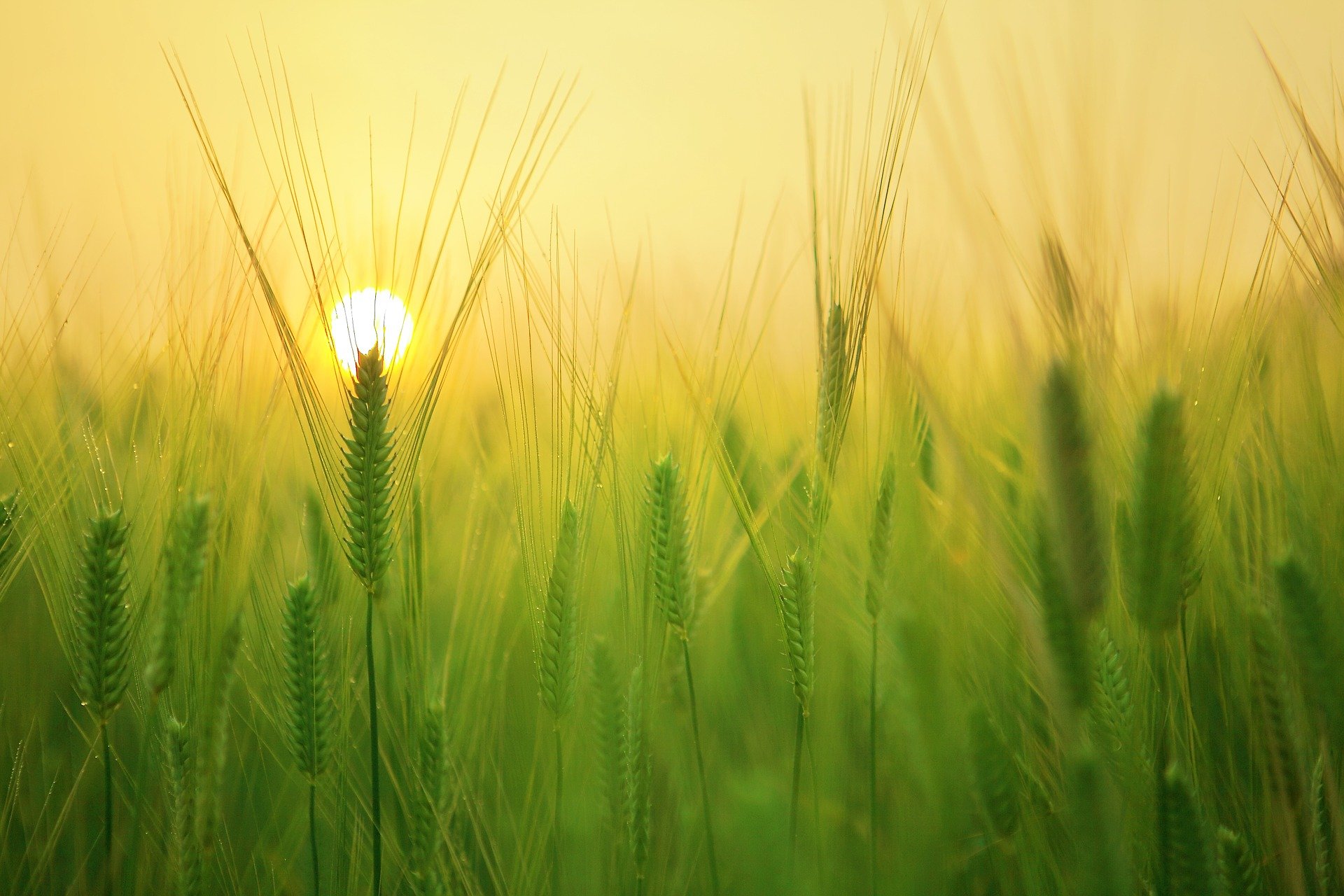Home / Blog / A Revolutionary New Greenhouse Provides A Sustainable Model for The Future of Saudi Agriculture
As the global population expands, it’s expected that by 2050, the world will be consuming 20% – 30% more freshwater than we are at present. Agriculture consumes around 70% of the world’s water supply and this figure is quickly rising.
While demand is increasing, the same cannot be said about the supply. Many countries are experiencing water scarcity as fresh groundwater basins across the globe continue to reduce. The problem of water scarcity is particularly prevalent in Saudi Arabia, with its limited natural reserves and it’s hot, arid climate.
Traditionally, Saudi Arabia has had a high-water consumption rate per capita, however government programs such as ‘Qatrah’ are helping to reduce consumption and wastage. For the country’s agricultural sector, which consumes a significant proportion of the country’s water, the reduction in supply and increase in demand means that the cost of water is likely to rise significantly over the coming years.
So, the dilemma for Saudi’s farmers is the need to reduce water consumption while still increasing their yields.
A solution to this problem looks to be coming from the King Abdullah University of Science and Technology (KAUST), who in collaboration with the Research Products Development Company (RPDC), have developed a 2,000 square meter greenhouse that specializes in sustainably grown produce using saltwater.
The greenhouse works by substituting 90% of freshwater for saltwater in the cooling process and creating a range of non-GMO salt-tolerant crops through hybridization and grafting techniques. This saltwater system can reduce freshwater consumption by 80% – 95%, while also reducing energy consumption by 2 to 6 times compared to a normal mechanically cooled greenhouse.
Such a significant reduction in water and energy is vital for the future of the country’s agriculture according to Abdulmohsen Almajnouni, CEO of RPDC. He suggests that the “significance of this project — and the ability to irrigate crops using seawater — is vital for Saudi Arabia to create new opportunities for agriculture and farming.”
The scheme has already created produce commercially, finding particular success with their non-GMO cherry tomatoes. The tomatoes are rich in vitamin C, enjoy a longer shelf life, and taste sweeter compared to the standard greenhouse-grown varieties. They also have high levels of salinity tolerance. Having been grown using significantly lower levels of fresh water and energy, there’s a strong argument that these tomatoes might just have the lowest environmental footprint in the world!
As the scheme’s produce reaches the country’s supermarket shelves, the significance for Saudi’s water consumption is huge according to Tony Chan, president of KAUST. He believes that this “is very important for Saudi Arabia – it enables us to improve the use of our resources and reduce the stress on our limited water supplies.”
This low energy, low water consumption greenhouse is an intriguing development. We might just be getting early insight into the long-term future of the country’s agricultural sector.












